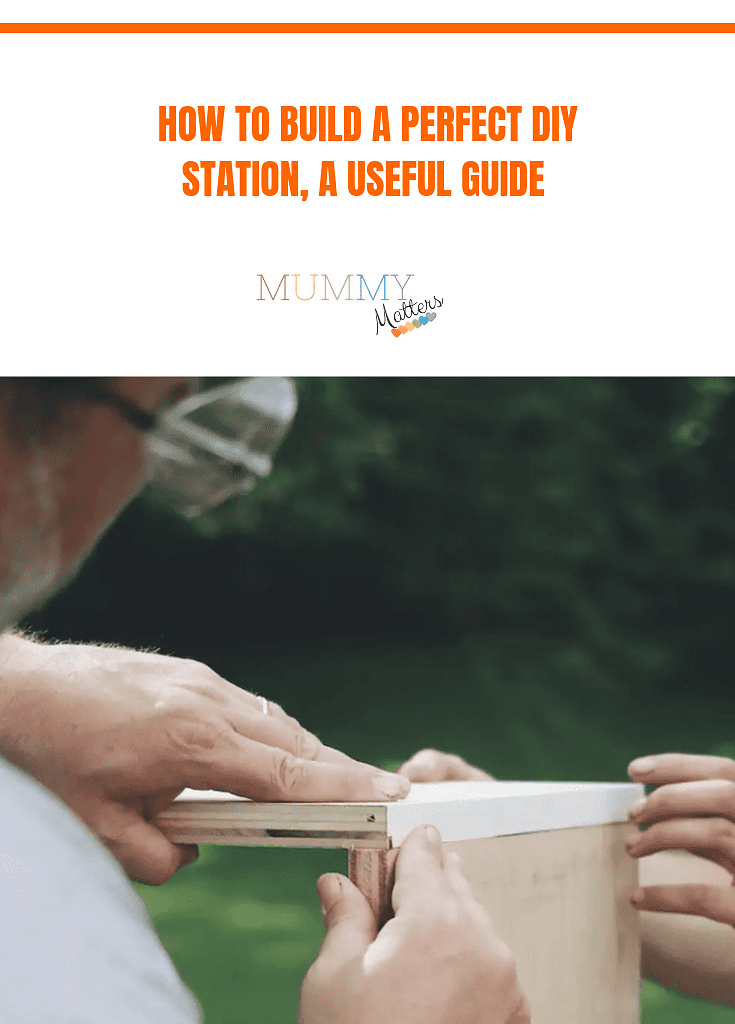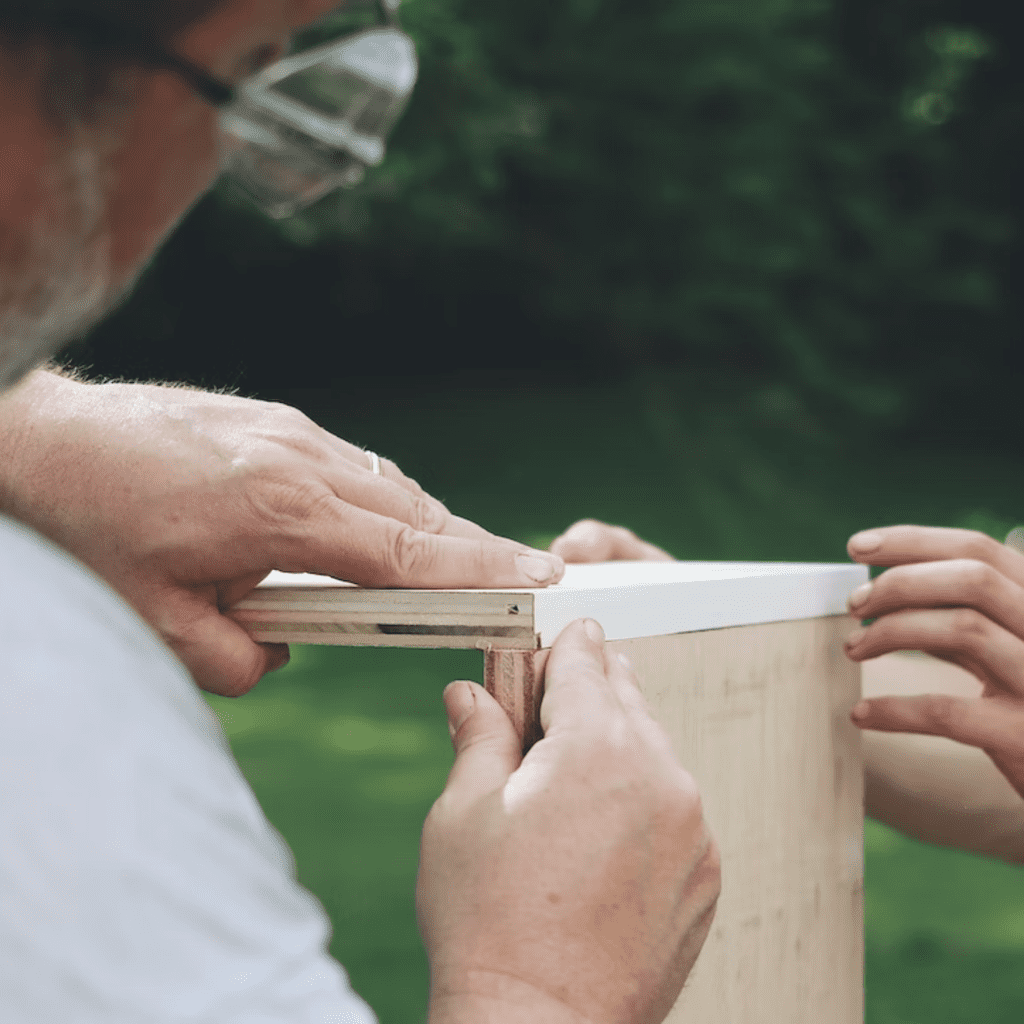Are you a do-it-yourself enthusiast? Do you enjoy crafting and building things with your own hands? If so, then having the right tools and workspace is essential for any project. Creating a DIY station in your home can help ensure that all of your supplies are organized and accessible whenever you need them. With the right setup, it’s easy to complete projects quickly and efficiently. Here’s a comprehensive guide on how to build the perfect DIY station – from selecting the ideal location to choosing which supplies to include in your setup. By following these steps, you’ll be able to create an efficient workspace tailored specifically for you!
Select the Right Location
It’s important to choose an area of your home that is well-ventilated, has plenty of natural light, and is not located near a source of noise. If possible, find a spot near an electrical outlet to easily plug in power tools or other electronic devices. If you want to complete your projects with plenty of room to spare, you may opt to use a Quonset workshop which you can build and customize according to your needs. And while you’re at it, you can ensure that your workspace is close to the materials or resources you need for your projects.
Stock Up On Supplies
Once you’ve decided on a location for your DIY station, it’s time to gather all of the necessary supplies. Start by assessing the types of projects you plan on working on and determine which tools and materials will be necessary – from hammers and saws to nails and screws. You should also consider investing in durable storage containers or shelves so that everything stays neat and organized. For example, if you plan on doing a lot of painting, it’s a good idea to purchase trays and buckets for easy cleanup.
Invest In Quality Work Surfaces
A workbench or table is an essential part of any DIY station. Choose one that is wide enough and sturdy enough to support the projects you will be working on, and consider adding additional lighting fixtures as well. If possible, opt for a model with adjustable height so that you can work comfortably in either standing or sitting positions. A well-constructed work surface can help ensure that all of your projects are completed accurately and safely.
Rotate Your Projects
Take some time each day to organize your workspace and rotate through different types of projects. Doing so will help ensure that you are never overwhelmed by too much clutter and can work on tasks with ease. Additionally, try to focus on one project at a time rather than attempting to do them all simultaneously. This way, you’ll be able to devote each day of the week to a specific task – like carpentry or painting – and avoid becoming frustrated by unfinished projects. If you want to save time and enhance your productivity, then rotating through projects is a must!
Create A Designated Cleanup Area
One of the most important aspects of having a successful DIY station is keeping it clean and organized. Set up a designated area for sweeping or mopping and make sure that all tools are returned to their proper place after each project. Additionally, consider investing in an air compressor or vacuum cleaner to help keep dust and debris out of the air – this will help ensure that you’re not breathing in particles while working on tasks. Finally, think about setting up recycling bins or composting areas so that you can easily dispose of any scrap materials.
Make Sure That It’s Safe
Safety should always be the top priority when working on any project. Make sure that your workspace is well-lit and free of any potential hazards, such as exposed wiring or sharp edges. Additionally, you should invest in protective gear – like gloves, goggles, and face masks – to prevent injuries from occurring during projects. And don’t forget to check that all power tools are functioning properly before starting work! By following these steps, you’ll have a safe and efficient DIY station that will help make all of your projects easier to complete.
Creating a well-organized and efficient DIY station is essential for successful projects. Start by finding the perfect location for your setup, stock up on necessary tools and supplies, and invest in quality work surfaces. Additionally, make sure that it’s safe to use by regularly checking for potential hazards or investing in protective gear. With these tips in mind, you’ll be able to have an effective DIY station that will help make all of your projects easier!


